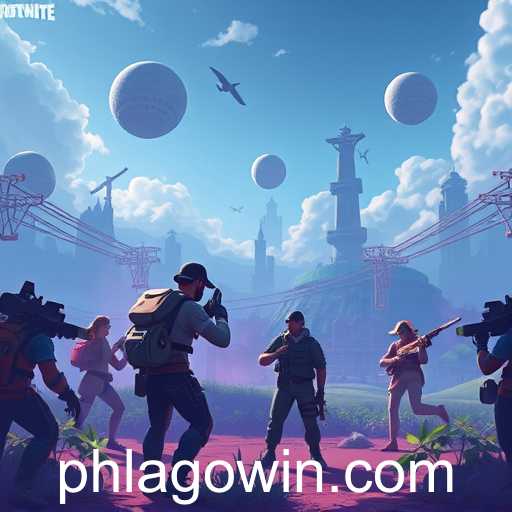In today’s digital age, multiplayer games have become a cornerstone of interactive entertainment, captivating audiences worldwide with their dynamic features and global connectivity. The appeal of multiplayer games lies in their ability to unite players from diverse backgrounds in a shared virtual environment, fostering both competitive and collaborative experiences.
As technology advances, multiplayer games have evolved from simple, local network setups to expansive online platforms supporting millions of players simultaneously. Games like Fortnite, Call of Duty, and World of Warcraft have set the benchmark for creating immersive worlds where friends—and sometimes strangers—can come together, strategize, and compete in real-time.
The keyword 'phlago' within the multiplayer category could imply a new trend, theme, or genre that is gaining traction among gaming communities. It might refer to a game mechanic, a narrative style, or possibly a unique tech aspect that redefines multiplayer interactions.
Developers continually push the boundaries of multiplayer game design, introducing innovative features such as cross-platform play, procedural storytelling, and player-driven economies. The increase in access to high-speed internet and advancements in computing power have further fueled this innovation, making it possible for developers to enhance graphics, ensure seamless gameplay, and reduce latency.
Moreover, multiplayer games have transcended traditional entertainment, playing pivotal roles in professional eSports, where skilled players battle it out in globally viewed tournaments. Platforms like Twitch and YouTube Gaming have further popularized these games, offering players the opportunity to stream their gameplay and build communities around shared interests.
The social aspect of multiplayer gaming also cannot be understated. These games often act as virtual social platforms, allowing players to form lasting friendships, exchange cultural ideas, and engage in cooperative team-based activities. Communication tools like voice chat and live messaging break down geographical barriers, making it possible for players to strategize and socialize regardless of their physical location.
As the industry grows, developers remain attentive to community feedback, often holding beta tests and maintaining open lines of communication to refine gaming experiences. The rise of virtual and augmented reality promises further evolution in the multiplayer landscape, offering immersive experiences that blend digital and physical realities.
In conclusion, multiplayer games continue to redefine the boundaries of digital entertainment, offering vast and varying experiences that keep players coming back for more. Whether it’s the thrill of competition or the joy of collaboration, the genre’s adaptability ensures its place at the forefront of gaming innovation. As we look forward to the future, it’s clear that multiplayer games will remain integral to the gaming industry, offering endless possibilities for new experiences and community-driven content.





